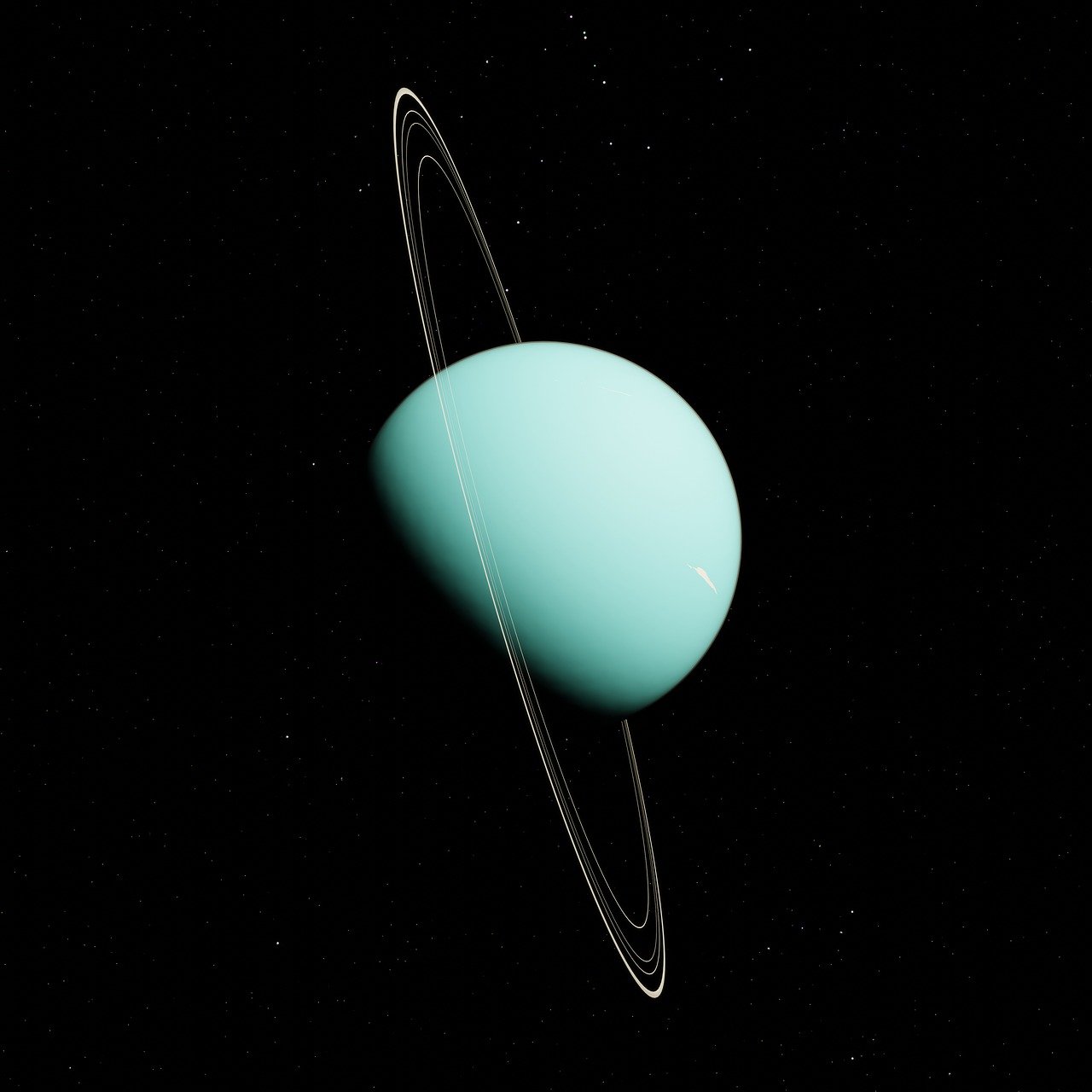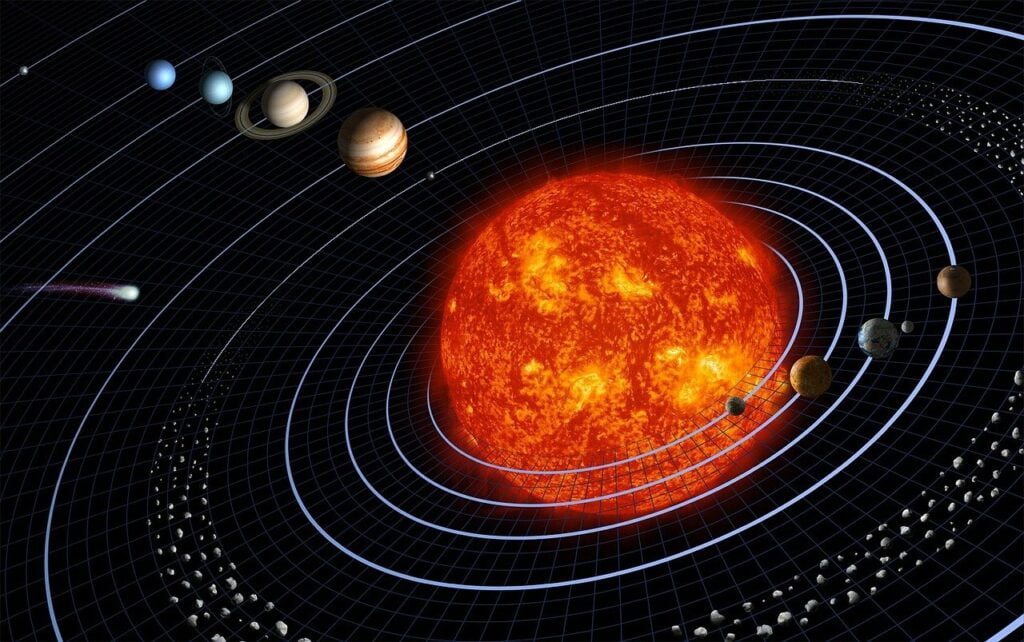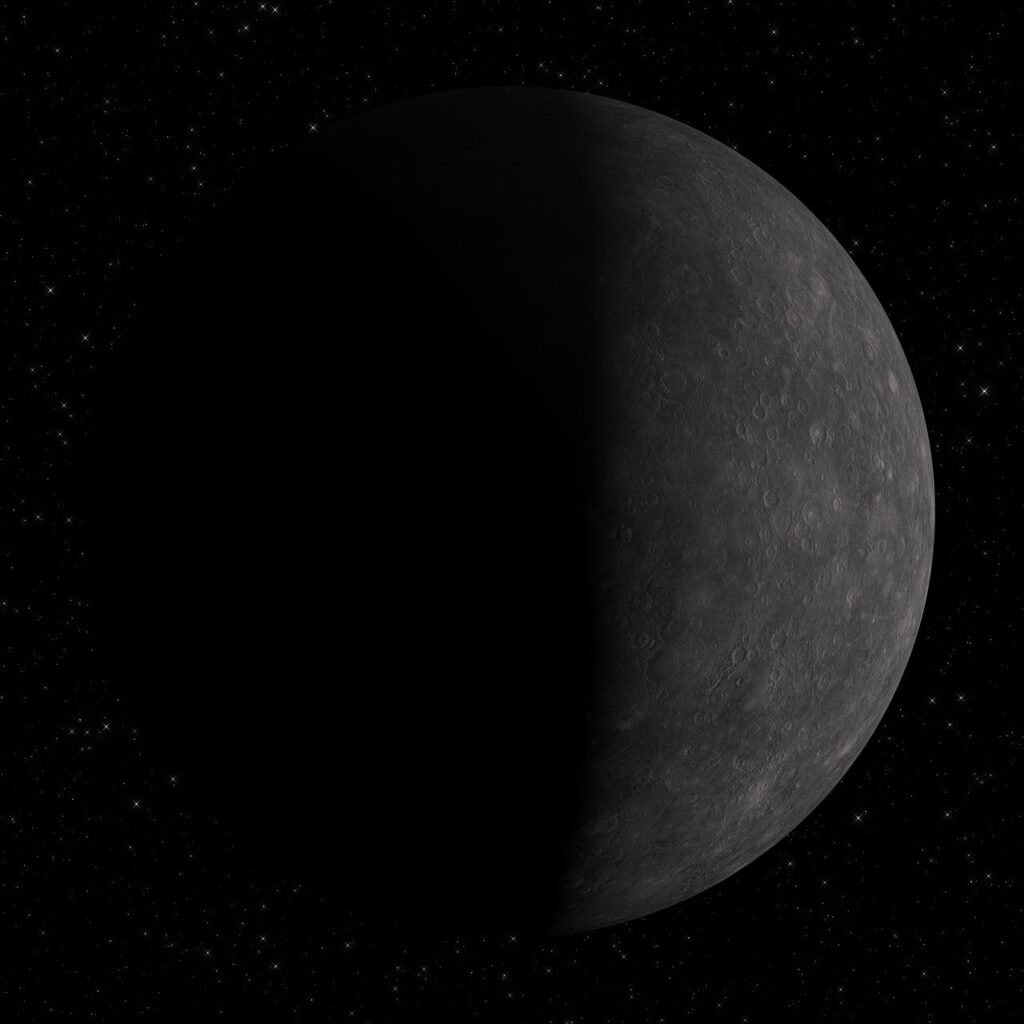
Based on a recent analysis of Google search trends and YouTube video titles, here are the top 10 questions people often ask about planet Uranus:
1. Why is Uranus blue?
Uranus’ blue color is due to the absorption of red light by methane gas in its atmosphere. Methane absorbs red light more strongly than other colors, causing the sunlight that reaches Uranus’ cloud tops to appear blue.
2. What is unusual about Uranus’ rotation?
Uranus is the only planet in our solar system with an axial tilt of almost 90 degrees. This means that the planet’s axis of rotation is nearly perpendicular to its orbital plane. As a result, Uranus experiences extreme seasons, with some parts of the planet experiencing constant sunlight for years and others experiencing constant darkness.
3. What is the temperature on Uranus?
The average temperature on Uranus is around -224 degrees Celsius (-293 degrees Fahrenheit). This is due to the planet’s distance from the Sun and its low surface pressure.
4. How big is Uranus compared to Earth?
Uranus is about four times the diameter of Earth and has a mass that is about 15 times greater. However, Uranus is less dense than Earth, with an average density of about 1.27 g/cm³.
5. What are the moons of Uranus?
Uranus has 27 known moons, the largest of which are Miranda, Ariel, Titania, and Oberon. These moons are all icy and dark, and they are thought to have formed from the same disk of gas and dust that formed Uranus itself.
6. What is the atmosphere of Uranus like?
Uranus’ atmosphere is mostly composed of hydrogen and helium, with trace amounts of methane, ammonia, and water vapor. The methane gas gives Uranus its blue color, and the ammonia gas forms clouds in the upper atmosphere.
7. How did Uranus form?
Uranus is thought to have formed in the early solar system from a disk of gas and dust that surrounded the Sun. The disk gradually coalesced to form the planets, including Uranus.
8. Is there life on Uranus?
It is unlikely that there is life on Uranus as we know it. The planet is too cold and has a very thin atmosphere, which would make it difficult for life to exist. However, some scientists have speculated that there may be some form of life in Uranus’ subsurface oceans, which are thought to be located below the icy crust.
9. When was Uranus discovered?
Uranus was discovered by William Herschel in 1781. Herschel was a British astronomer who was studying stars with a telescope he had built himself when he spotted Uranus.
10. What are some of the interesting features of Uranus?
Uranus has a number of interesting features, including:
- Its tilted axis of rotation
- Its dark and icy moons
- Its faint rings
- Its strong magnetic field
Uranus is a fascinating planet that continues to be studied by scientists. As we learn more about Uranus, we are uncovering new and exciting details about this distant world.
You may also like:
Mercury: The Closest Planet to the Sun
Venus: The Earth’s Twin or a Very Different Planet?
Mars: Comprehensive Exploration, unveiling the Mysteries
Jupiter: A Cosmic Giant – Symphony of Storms
Saturn: A Gaseous Giant with Enthralling Rings and Diverse Moons
Useful links:
NASA’s Solar System Exploration: https://science.nasa.gov/solar-system/ provides a comprehensive overview of Uranus, including its physical characteristics, atmosphere, rings, and moons.
European Space Agency’s Uranus page: https://sci.esa.int/web/solar-system/-/35653-uranus features detailed information about Uranus, including its discovery, history of exploration, and current research.
The Planetary Society’s Uranus page: https://www.planetary.org/space-images/uranus offers a variety of resources related to Uranus, including articles, images, and videos.
Universe Today’s Uranus page: https://www.universetoday.com/18855/uranus/ provides a concise overview of Uranus, along with links to more in-depth information.
Sky & Telescope’s Uranus page: https://skyandtelescope.org/ offers a more technical perspective on Uranus, including information about its internal structure and atmosphere.


